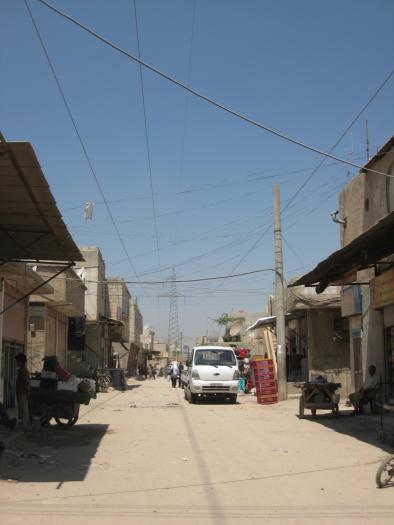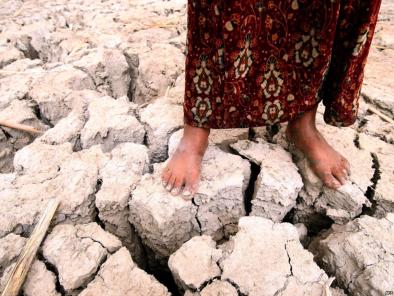Syrian Drought 2007 - 2010
Climate change intensified the most severe Syrian drought on record, forcing hundreds of thousands of Syrian farmers to move to overcrowded cities and exacerbating the conditions that led to civil war.
The drought is part of a Mediterranean drying trend, which scientists have linked to global warming.
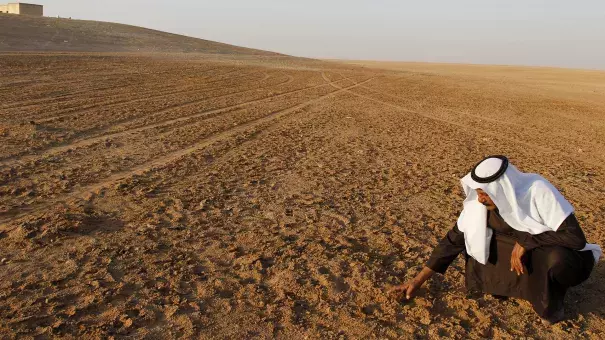
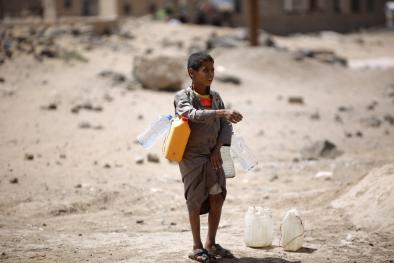
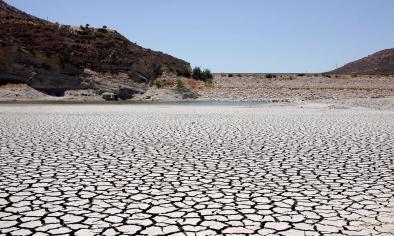
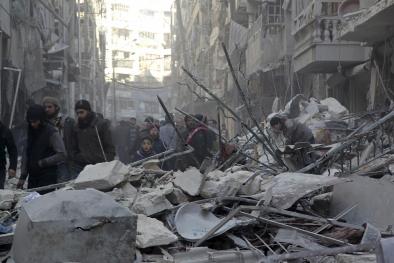
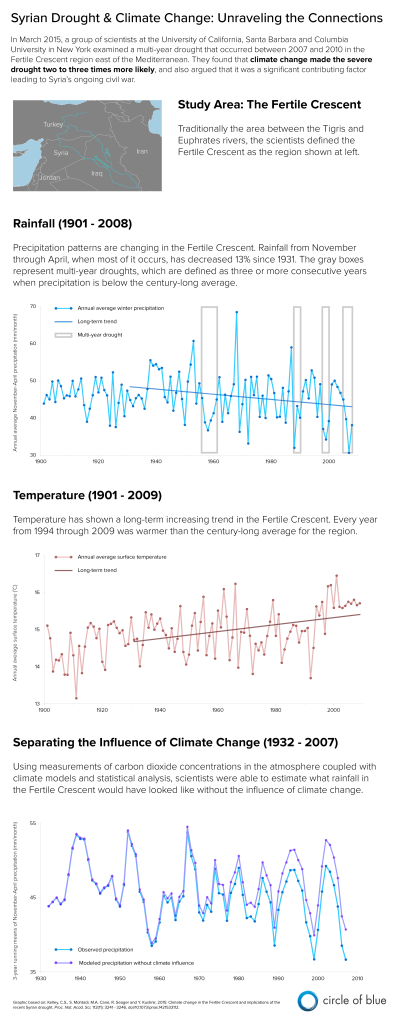
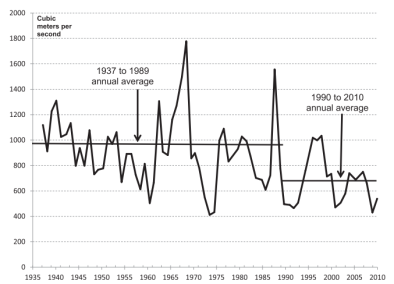
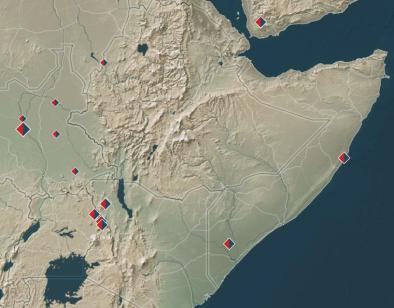
Climate-linked drought fuels humanitarian crisis and civil war
People living in the Mediterranean rely on wintertime rains to bring much needed moisture to the region. But in 2006, the Syrian countryside received very little rain, and the worst Syrian drought on record proceeded to unfold from 2007 to 2010. It was a situation that triggered a humanitarian crisis as thousands of Syrian families lost their livelihoods and were forced to migrate.
It's true that droughts happen with or without climate change, but as the world warms, droughts are more likely to be intense, set in quicker, and last longer.[1] As for Syria, three of the four most severe multiyear droughts have occurred since the late 1980s, the period during which human-caused climate change has seen its largest increase.[2]
Syrian drought signals Mediterranean drying trend
The situation in Syria speaks to a larger trend in the Mediterranean, where wintertime precipitation over the latter half of the 20th century has declined due, in part, to human-caused climate change.[3][4] Ten of the twelve driest winters on record in the region surrounding the Mediterranean Sea have occurred since 1980, according to a 2012 study looking at records dating back to 1902.[4]
Dry zones see poleward shift
Scientists are investigating several factors implicated in the decline in Mediterranean winter rainfall. The dominant theory points to an increase in drought severity and likelihood due to the migration of the northern hemisphere storm track and the poleward expansion of the Hadley Cell.[5] (The Hadley Cell is the atmospheric region on both sides of the equator that circulates warm tropical air poleward and brings dry air to the mid-latitudes.)
Another theory looks at the role of humidity. Warmer air can hold more moisture and in subtropical regions like the Mediterranean, where moist air diverges to mix with drier surrounding air, an increase in air moisture can intensify the rate at which moisture divergence occurs.[3]
Climate change is a "threat multiplier"
Many experts also say Syria's record drought contributed directly to the outbreak in March 2011 of the nation's civil war, which has killed an estimated 220,000 people.[6][7][8] National security experts describe the role of climate change and drought in the Syrian conflict as a "threat multiplier," because it exacerbated already-fragile and unstable political, social and environmental conditions.[9]
Related Content
